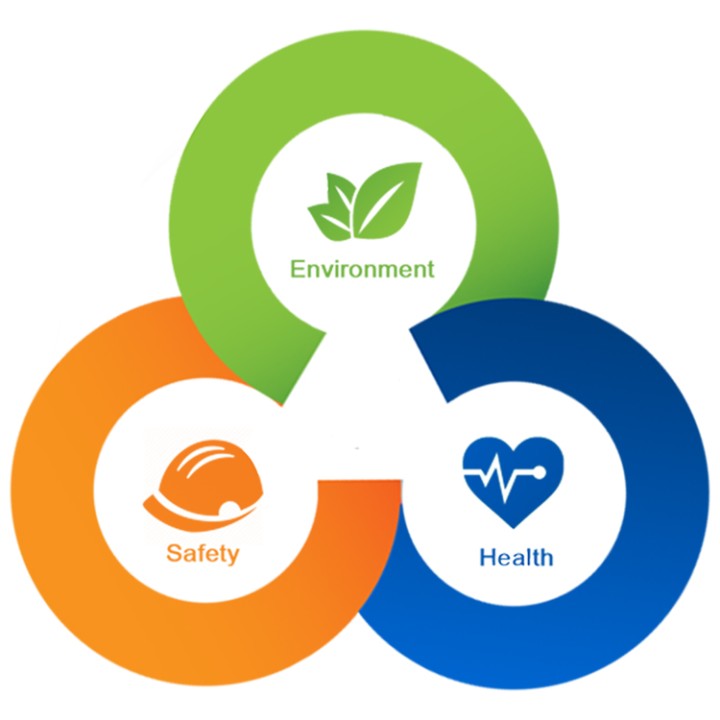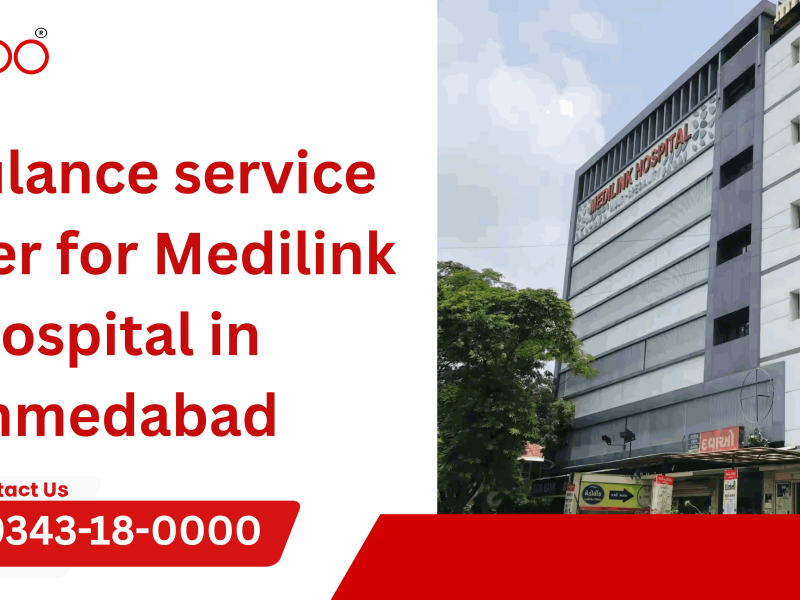An EHS (Environment, Health, and Safety) profession, refers to the management of hazards and risks associated with environmental and workplace safety and the promotion of health and well-being in those settings.

It is crucial for EHS professionals to stay updated on modern tools for managing the environment, health, and safety in workplaces. By keeping abreast of the latest technologies and software solutions, they can effectively assess risks, monitor compliance, streamline processes, and enhance overall safety performance. Utilizing modern tools enables them to proactively identify hazards, improve communication, and implement data-driven strategies, ultimately safeguarding employees, reducing incidents, and promoting a healthier work environment.
There are several tools that can be beneficial for managing and ensuring safety in the workplace.
Here are ten essential tools that every EHS professional should know how to use:
- Incident Reporting Software: This tool helps document and manage workplace incidents, accidents, and near misses. It enables efficient reporting, tracking, and analysis of incidents for improved safety.
- Risk Assessment Software: This tool assists in identifying and evaluating potential hazards and risks in the workplace. It helps in prioritizing safety measures and implementing controls to mitigate risks effectively.
- Safety Data Sheets (SDS) Management Software: SDS management tools provide access to safety data sheets containing vital information about hazardous substances. EHS professionals should know how to use these tools to ensure compliance with safety regulations.
- Emergency Response Planning Software: This tool helps in developing and maintaining emergency response plans, including evacuation procedures, communication protocols, and incident management strategies.
- Training and Learning Management Systems: EHS professionals should be familiar with training and learning management tools that streamline the delivery of safety training programs, track employee participation, and ensure regulatory compliance.
- Environmental Monitoring Equipment: These tools include air quality monitors, noise level meters, and radiation detectors. EHS professionals should understand how to operate and interpret data from these devices to assess environmental conditions and ensure compliance with standards.
- Personal Protective Equipment (PPE): EHS professionals must have knowledge about different types of PPE, such as safety goggles, gloves, respirators, and protective clothing. They should know how to assess PPE needs, select appropriate equipment, and educate employees on proper usage.
- Ergonomic Assessment Tools: These tools help in evaluating ergonomic risks and designing workstations that promote employee comfort and prevent musculoskeletal disorders. EHS professionals should know how to use tools like posture analysis software, ergonomic checklists, and measurement devices.
- Chemical Management Systems: EHS professionals should be proficient in using chemical management software to track and manage hazardous substances in the workplace. These tools assist in inventory management, risk assessment, and compliance with chemical safety regulations.
- Audit and Inspection Software: These tools streamline the process of conducting safety inspections and audits. EHS professionals should know how to use them to create checklists, schedule inspections, record findings, and track corrective actions.
In conclusion, the role of an EHS professional in ensuring a safe and healthy workplace cannot be underestimated. Staying updated on modern tools for managing the environment, health, and safety is vital for their success. By embracing technology and harnessing its benefits, EHS professionals can effectively mitigate risks, drive compliance, and foster a culture of safety, ultimately creating a workplace where employees thrive and organizations succeed.


